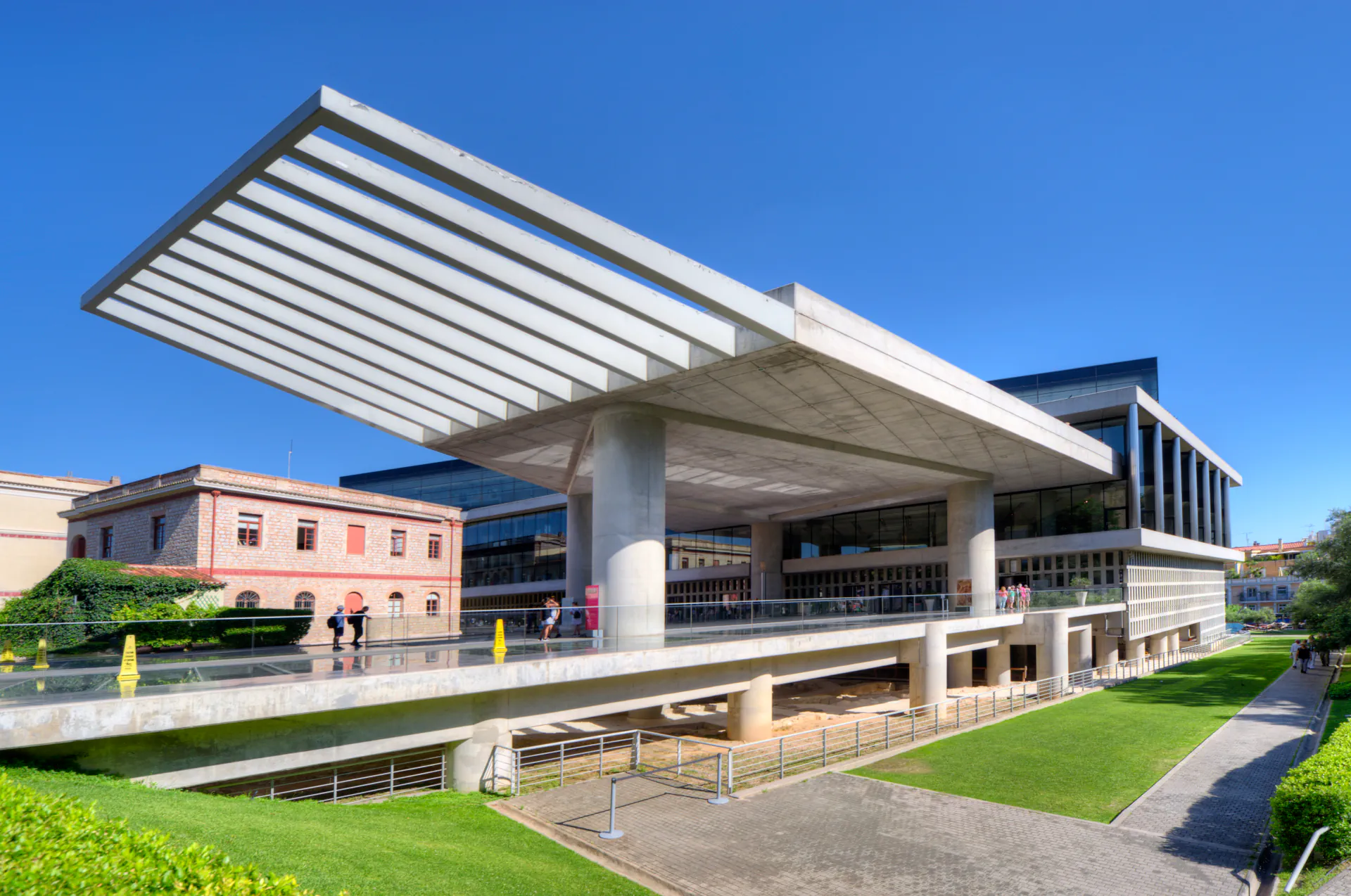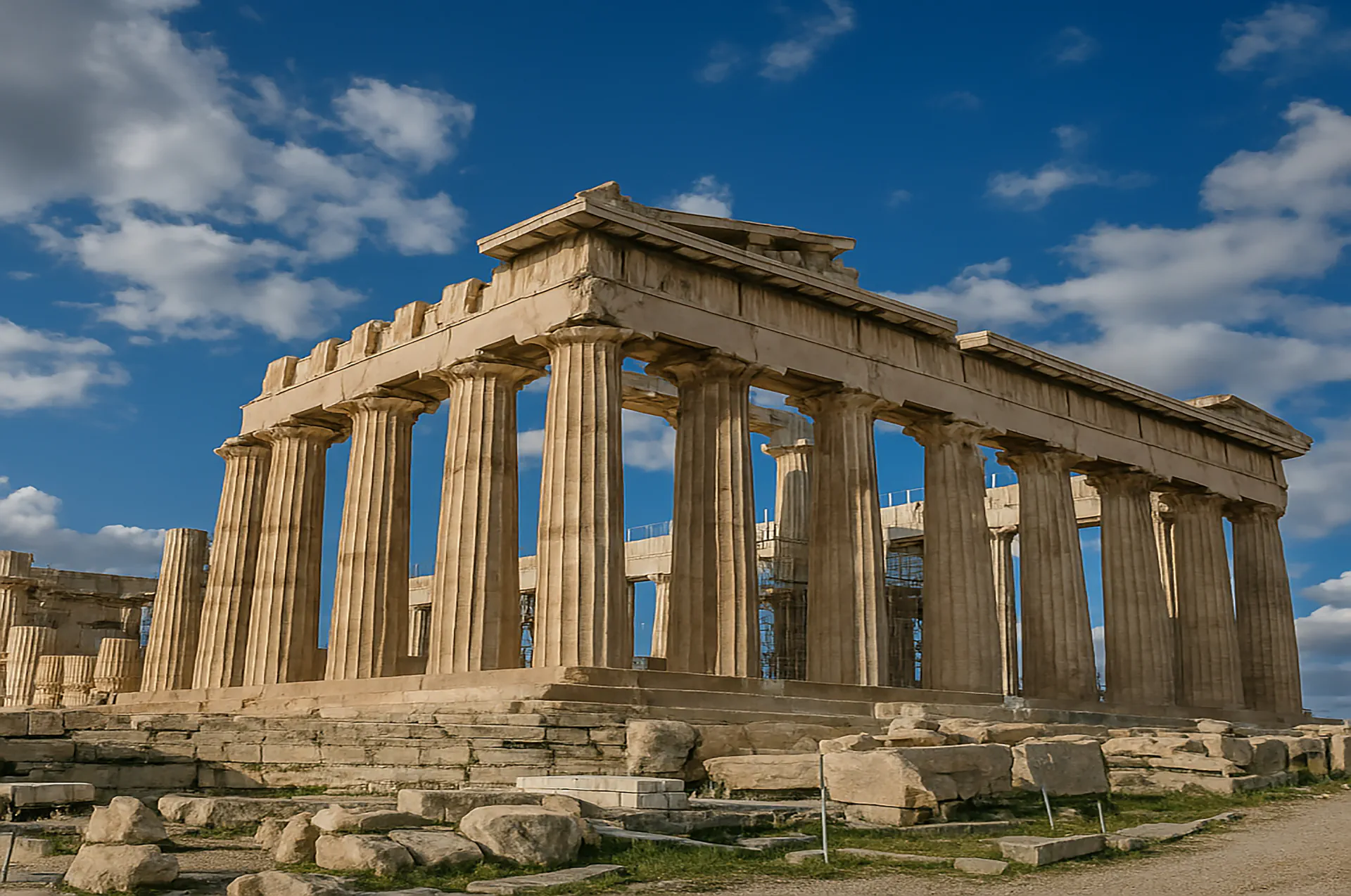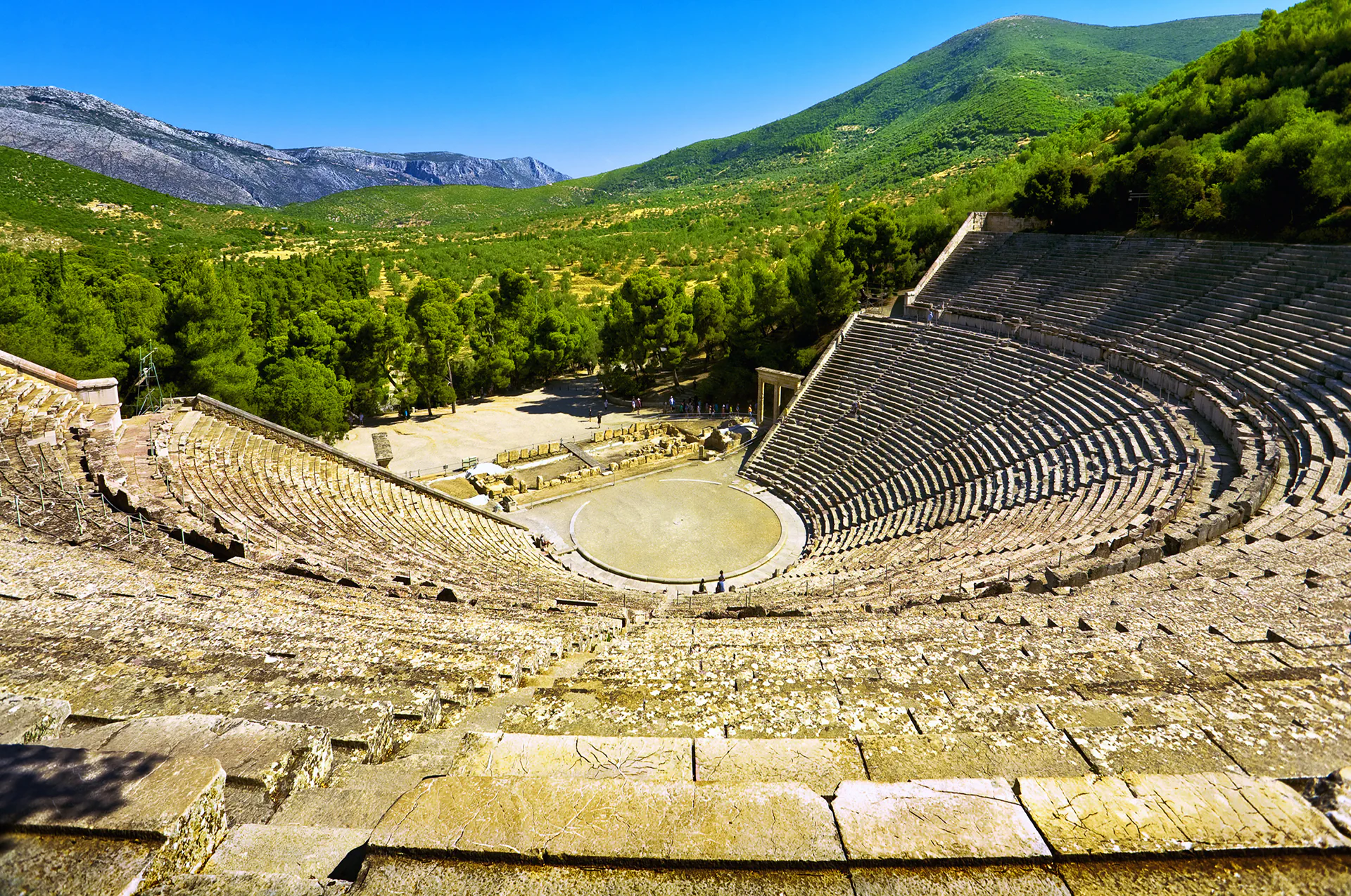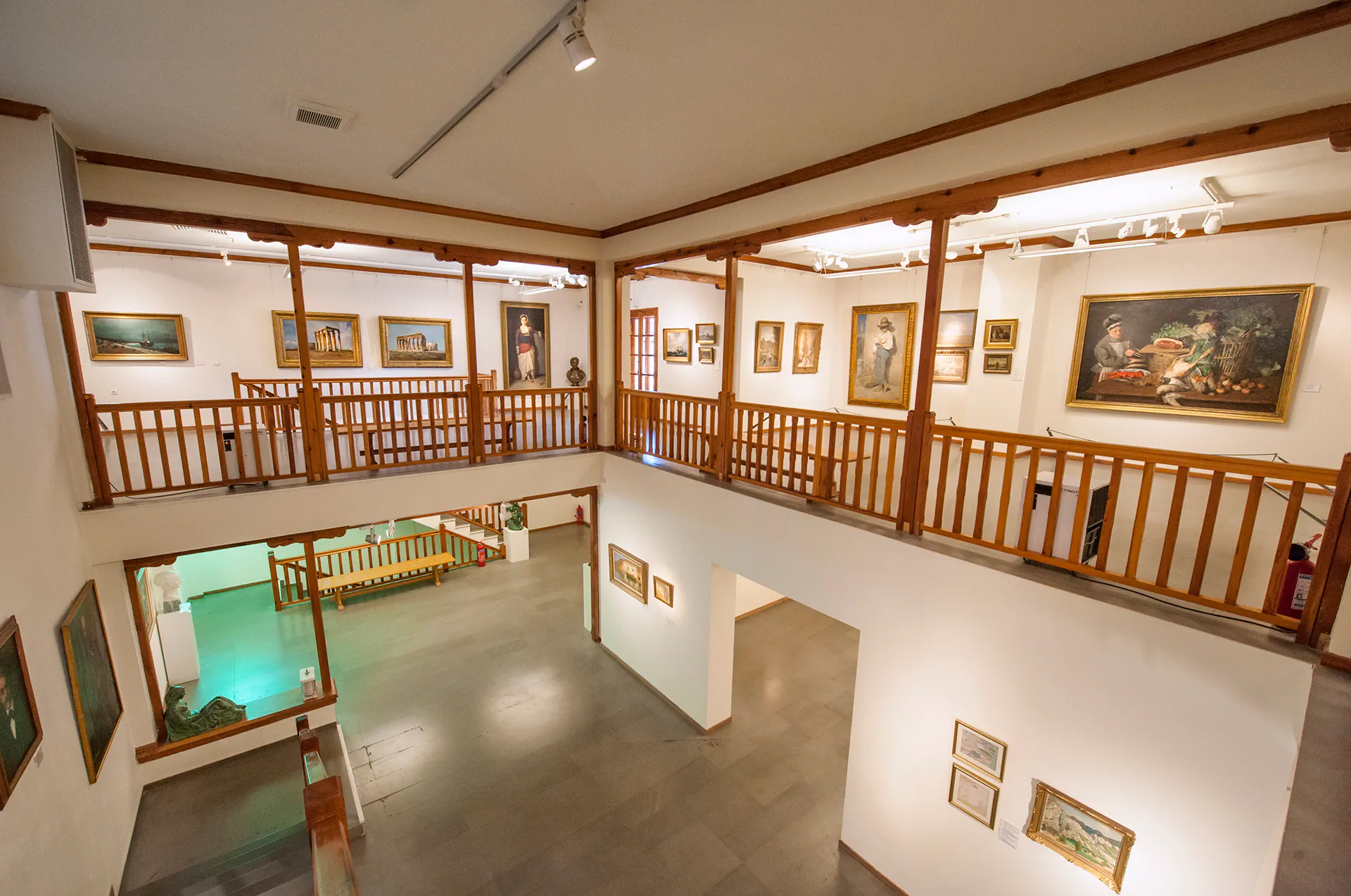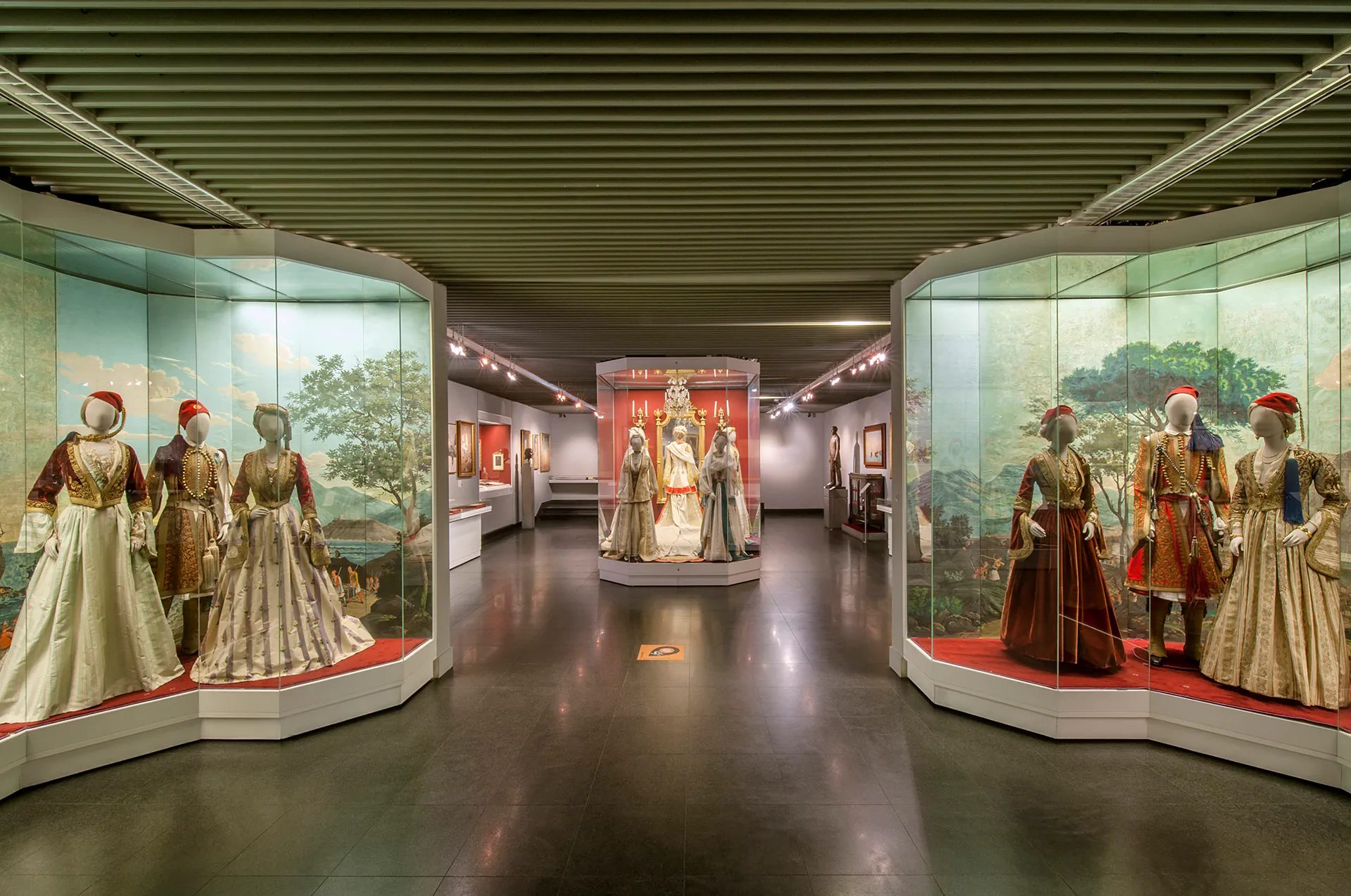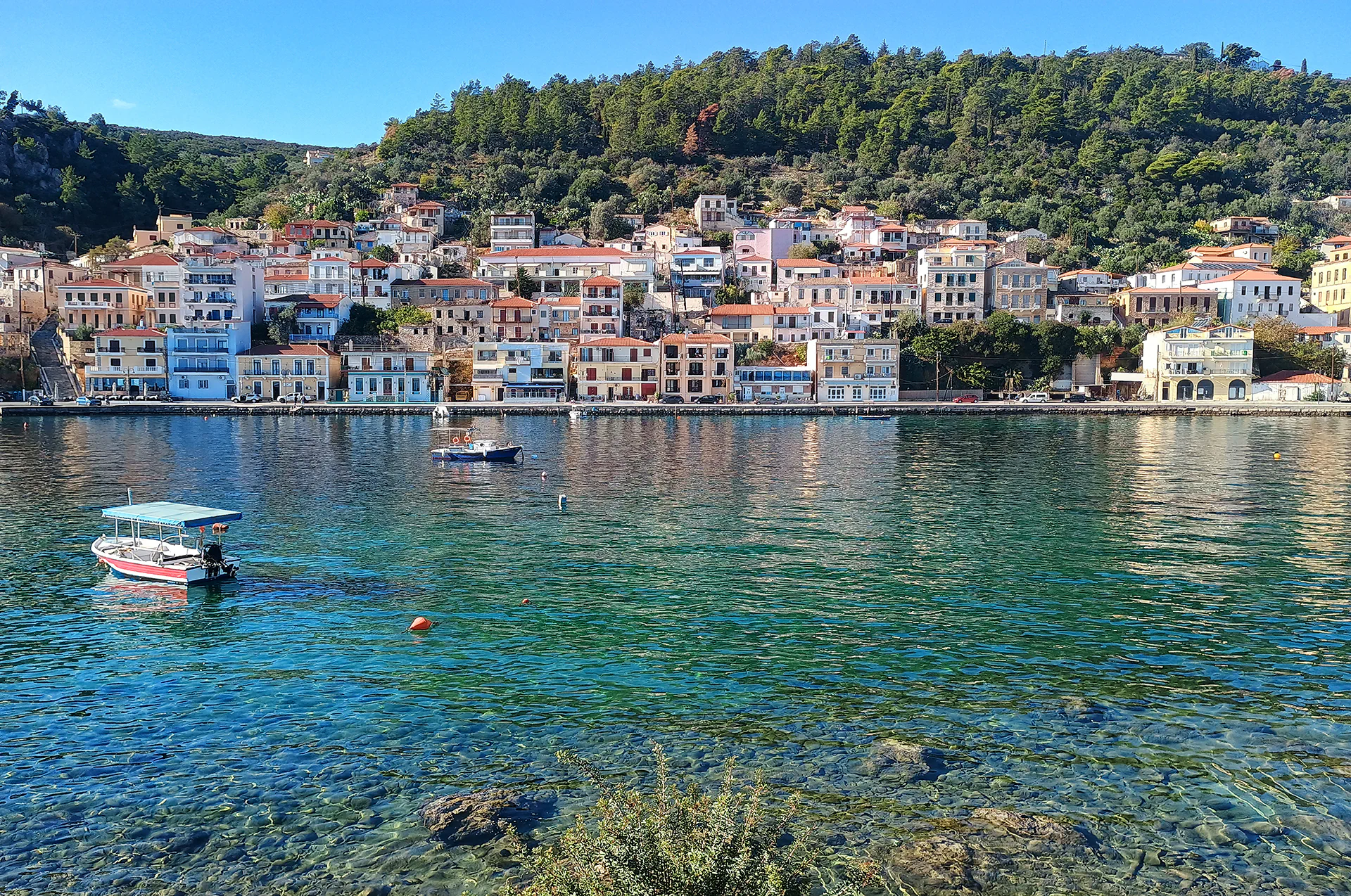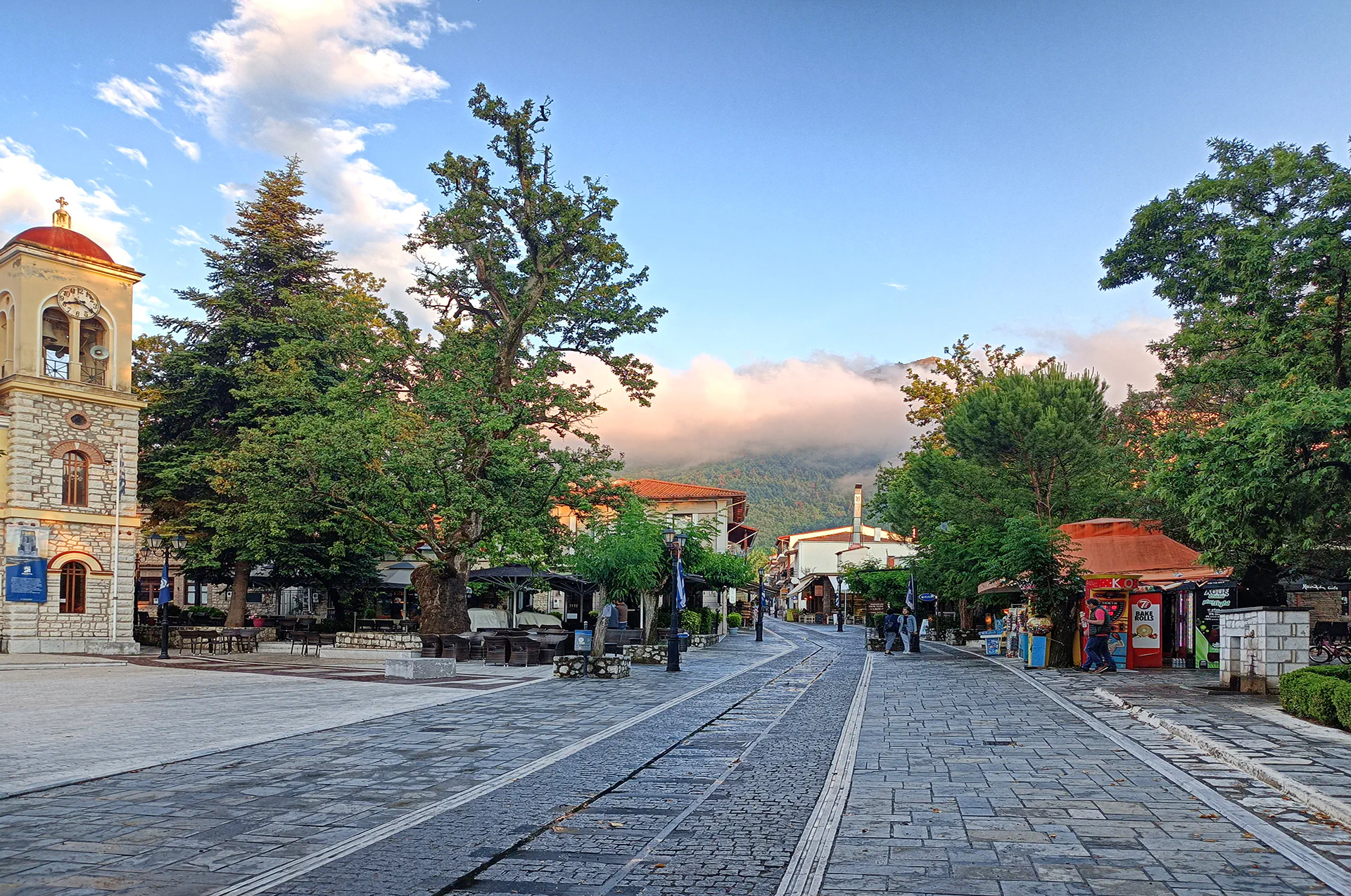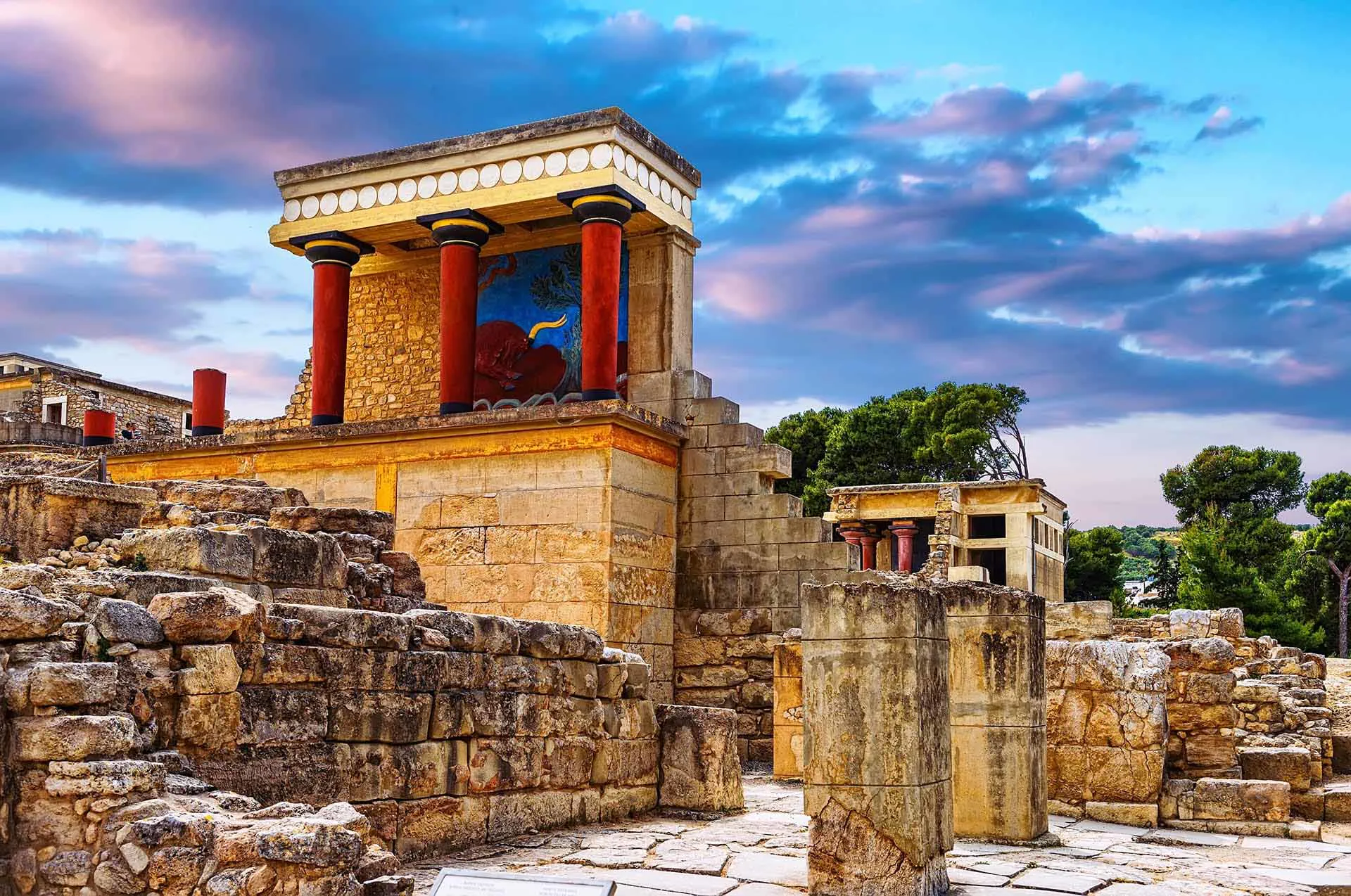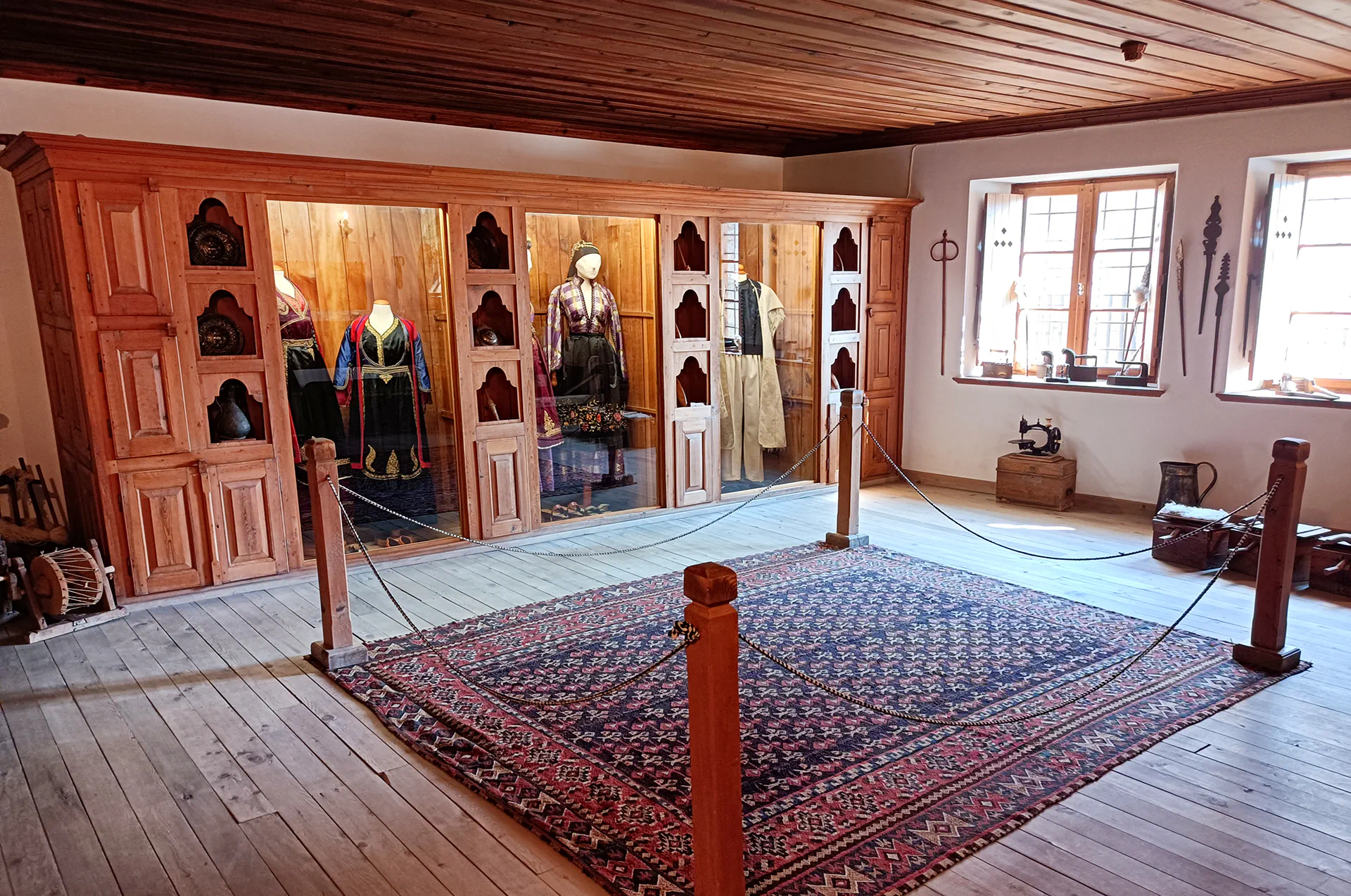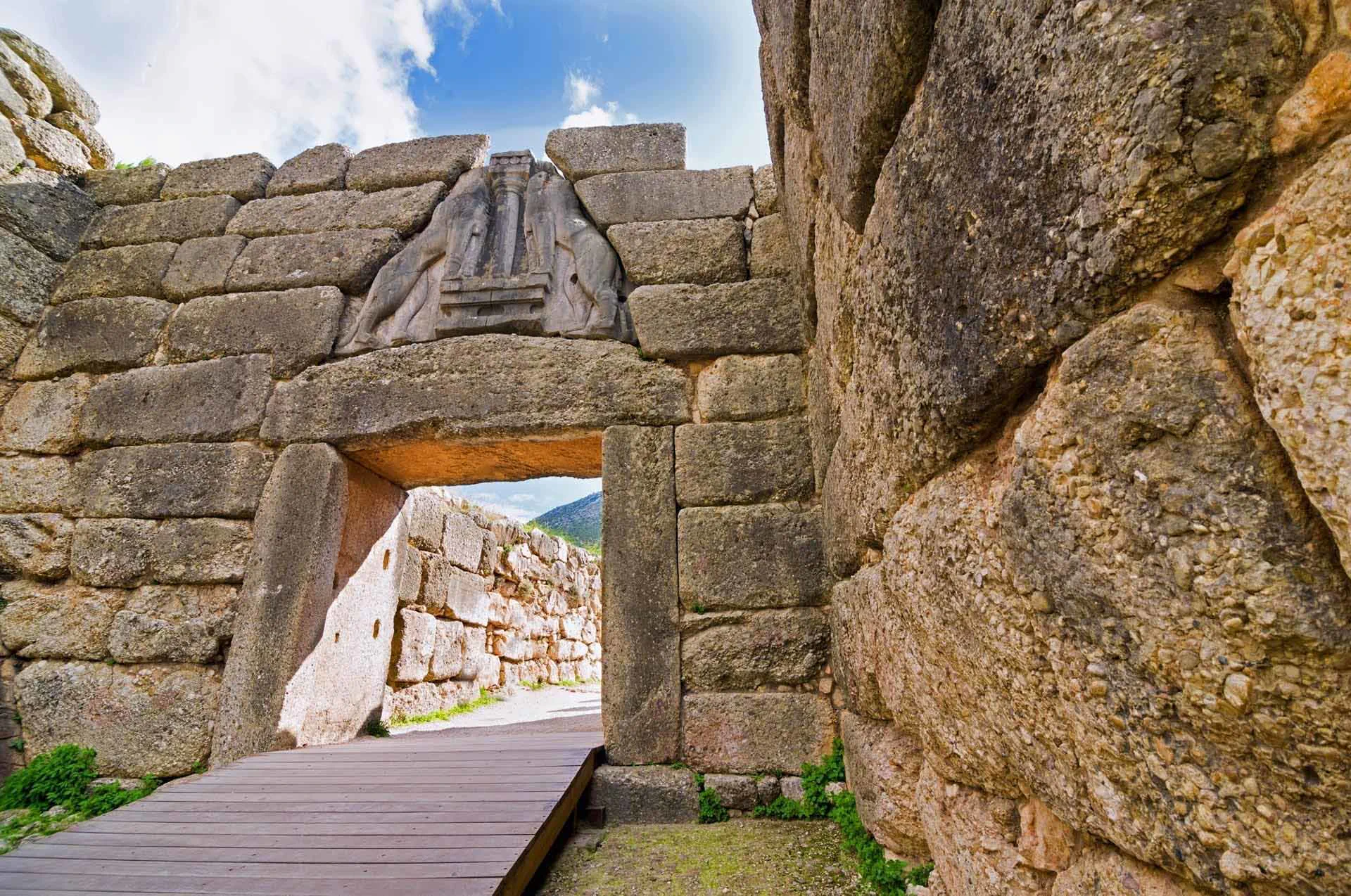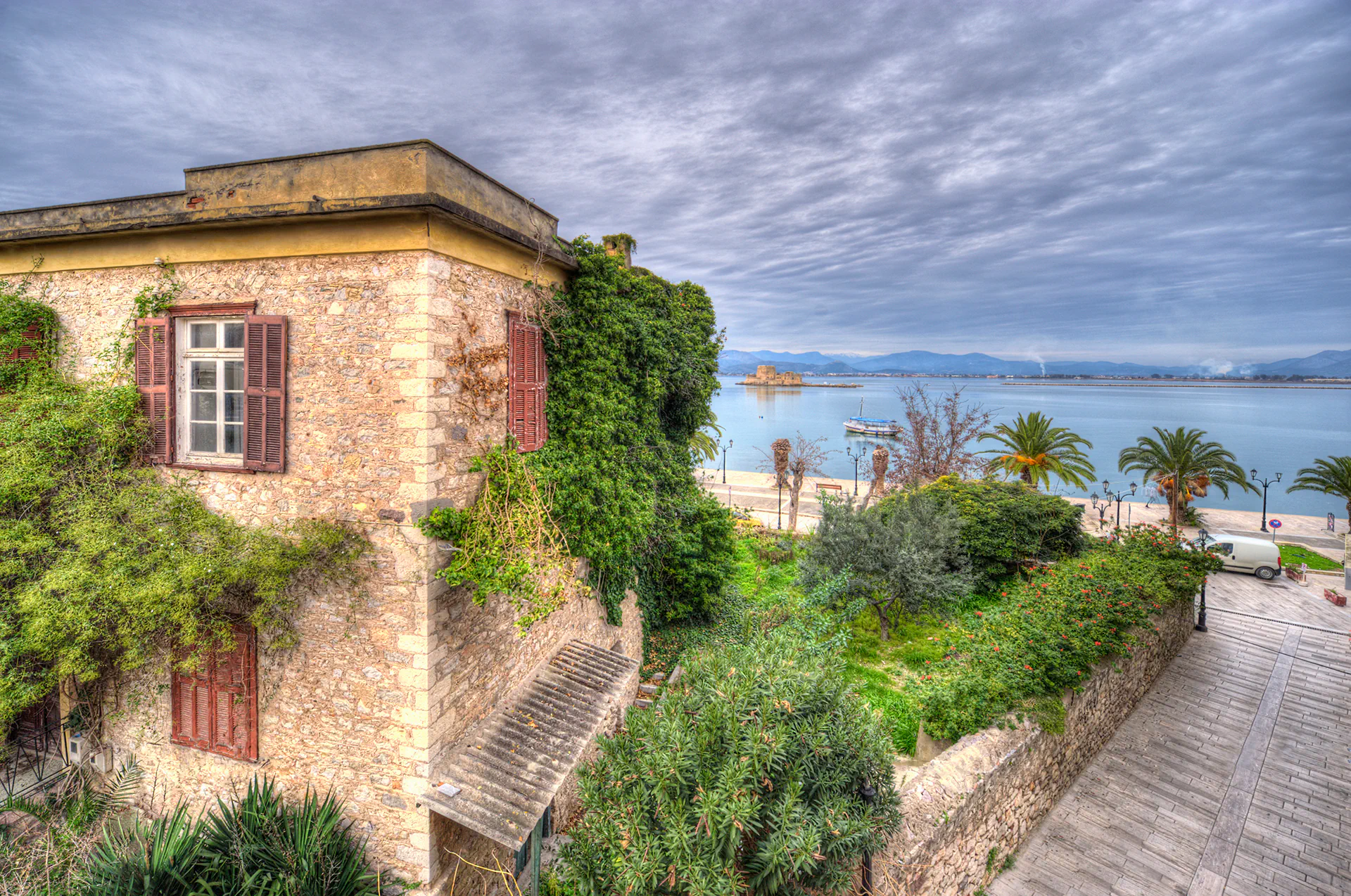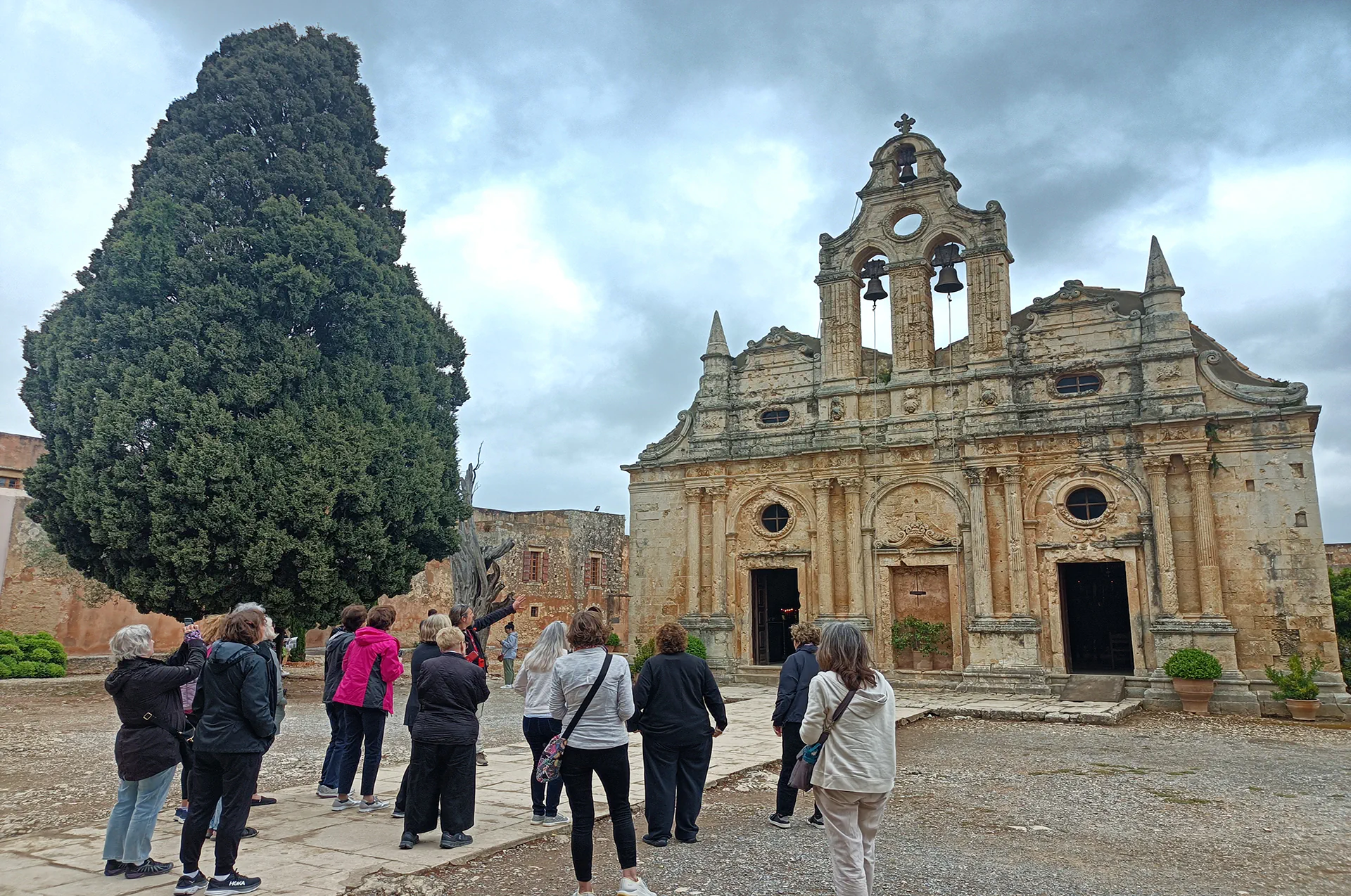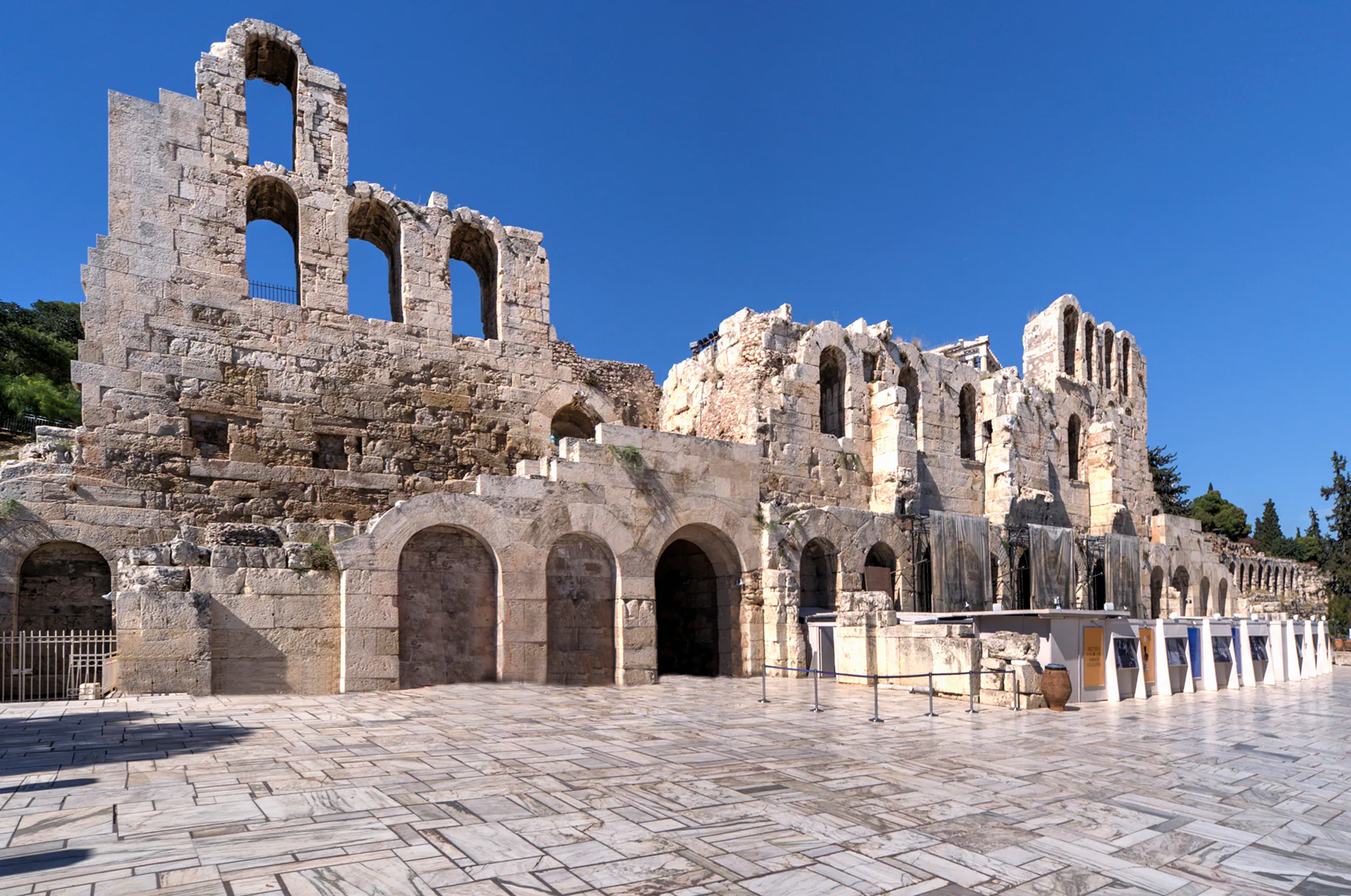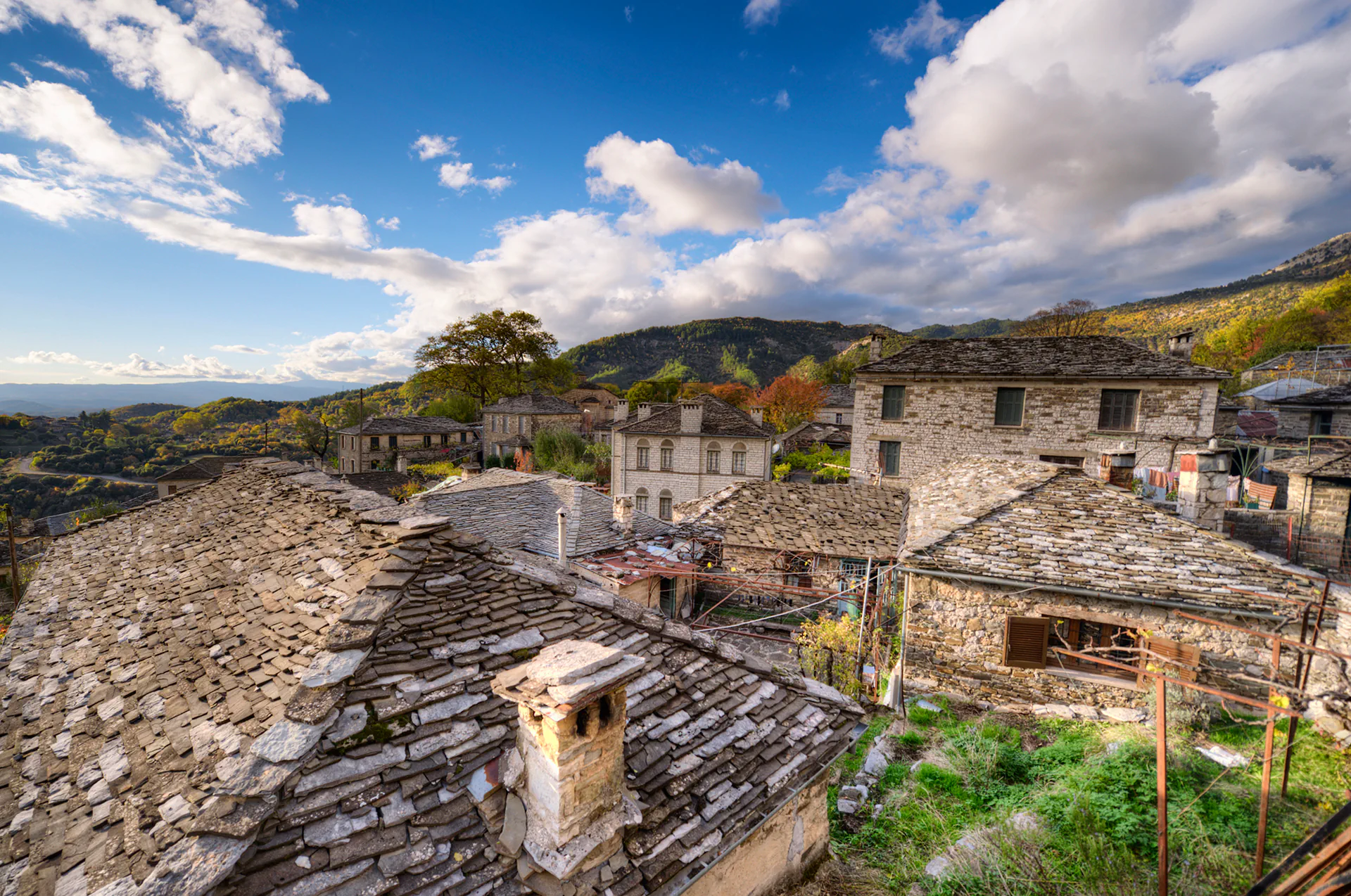Explore the Acropolis Museum in Athens — discover ancient Greek artifacts, the Parthenon Marbles, and essential info for planning your visit.
The Acropolis Museum in Athens is one of the most celebrated cultural institutions in the world. Located just a short walk from the legendary Acropolis hill, this state-of-the-art museum is home to some of the most important artifacts from ancient Greece. Designed to showcase the archaeological treasures found on the Acropolis and surrounding slopes, the museum provides a captivating journey through the art, architecture, and daily life of classical Athens.
Since opening in 2009, the Acropolis Museum has become a must-visit destination for history lovers, architecture enthusiasts, and curious travelers. Its sleek glass exterior offers panoramic views of the Acropolis itself, while the interior houses more than 4,000 exhibits, including the iconic Parthenon Marbles, the Caryatids of the Erechtheion, and the remains of an ancient Athenian neighborhood visible through glass floors.
Whether you’re planning a visit or simply want to learn more about one of Greece’s most important museums, this guide will walk you through everything you need to know — from the museum’s history and highlights to practical tips for making the most of your visit.
History of the Acropolis Museum
The idea of creating a new museum to house the treasures of the Acropolis dates back over a century, but it wasn’t until the early 21st century that the vision finally came to life. The Acropolis Museum officially opened in June 2009, offering a modern, purpose-built space to protect and exhibit artifacts from the Acropolis and its surrounding area. The museum was designed to blend modern architecture with ancient heritage.
With over 14,000 square meters of exhibition space, the building was carefully constructed above an active archaeological excavation site, parts of which can be viewed through transparent floors. One of the main motivations for building the new museum was to provide a proper home for the Parthenon sculptures and to advocate for the reunification of the Parthenon Marbles — many of which remain in the British Museum. The museum’s Parthenon Gallery is deliberately designed to mirror the layout of the Parthenon itself, highlighting the importance of context and cultural integrity.
Today, the Acropolis Museum stands as a symbol of cultural pride, historical continuity, and the enduring legacy of ancient Greek civilization.
Top Exhibits & Highlights of the Acropolis Museum
The Acropolis Museum is a treasure trove of ancient Greek art and artifacts, offering visitors a chance to see some of the most iconic remnants of classical Athens up close. Here are some of the museum’s must-see highlights:
The Parthenon Gallery:
Located on the top floor, this striking gallery is designed to reflect the exact dimensions and orientation of the Parthenon itself. The glass walls offer a direct view of the Acropolis hill, creating a powerful visual connection between the sculptures and their original setting. The gallery displays the Parthenon frieze, metopes, and pediment sculptures — including original pieces and high-quality replicas of those housed in other museums. This space also fuels the ongoing dialogue around the repatriation of the Parthenon Marbles.
The Caryatids of the Erechtheion:
One of the museum’s most beloved exhibits, the Caryatids are the elegant female statues that once supported the porch of the Erechtheion temple. Five of the original six figures are displayed here (the sixth remains in the British Museum). Their fine details, graceful poses, and expressive features continue to captivate visitors.
The Archaic Gallery:
This atmospheric space on the first floor features statues and objects from the 7th century BC to the Persian Wars. Many of the sculptures, including kouroi (male youths) and korai (clothed female figures), still retain traces of their original paint, offering a rare glimpse into the color-rich world of ancient Greek art.
The Excavated Ancient Neighborhood:
Perhaps one of the most unique aspects of the museum is the archaeological site beneath it — the remains of an actual Athenian neighborhood dating back to the 5th century BC. Walkways and glass panels allow visitors to look down into the past, where ancient homes, roads, and workshops have been carefully preserved.
Lesser-Known Gems:
The museum also features fragments of statues damaged during invasions, votive offerings, and religious artifacts from the Acropolis sanctuary, as well as pottery, tools, and everyday objects that reveal daily life in ancient Athens.
Architecture & Design of the Acropolis Museum
The architecture of the Acropolis Museum is a masterpiece in its own right — a modern structure that complements the ancient artifacts it was built to house. Designed by Bernard Tschumi in partnership with Michael Photiadis, the museum is a blend of clean lines, natural light, and thoughtful spatial storytelling.
A Museum Built on History:
What makes the Acropolis Museum truly unique is that it was constructed above an active archaeological site. During excavation, the remains of an ancient Athenian neighborhood were discovered — complete with homes, baths, and streets. Instead of relocating the project, the architects embraced the challenge, designing the building on stilts, allowing visitors to view the ruins beneath through glass floors and outdoor walkways.
Light as a Design Element:
Natural light plays a key role in the museum’s layout. Skylights and floor-to-ceiling glass walls help recreate the lighting conditions under which many of the sculptures were originally displayed outdoors. This is especially powerful in the Parthenon Gallery, where the sculptures are bathed in soft daylight, with the Acropolis hill visible in the background.
Layout that Tells a Story:
The museum’s layout follows a chronological journey, starting with the ground floor and ascending through time:
Ground floor:
Artifacts from the slopes of the Acropolis
First floor:
Archaic period sculptures and votive offerings
Top floor (Parthenon Gallery):
Sculptures from the Parthenon and a 360° view of Athens
This thoughtful progression allows visitors to experience the evolution of Greek art and architecture as they move through the museum.
Sustainable & Accessible:
The design also prioritizes sustainability and accessibility. The museum uses energy-efficient lighting, climate control systems tailored to artifact preservation, and wide open spaces that are wheelchair accessible.
Visitor Information & Practical Tips
Planning a visit to the Acropolis Museum? Here’s everything you need to know to make your experience smooth, enjoyable, and unforgettable.
Location
Address: 15 Dionysiou Areopagitou Street, Athens, Greece
Just a 5-minute walk from the Acropolis entrance and right next to the Acropolis metro station (Line 2 – Red Line). The museum is centrally located and easy to reach on foot from many parts of central Athens.
Opening Hours
Summer Season (April–October):
Monday: 9:00 AM – 5:00 PM
Tuesday–Sunday: 9:00 AM – 8:00 PM
Friday: 9:00 AM – 10:00 PM
Winter Season (November–March):
Monday–Thursday: 9:00 AM – 5:00 PM
Friday: 9:00 AM – 10:00 PM
Saturday–Sunday: 9:00 AM – 8:00 PM
Always check the official website for the most up-to-date info, especially on holidays.
Tickets & Admission
General Admission: 20€
Reduced Admission: 10€ Available for EU students, seniors, and children
Free Entry Days: Certain holidays and the first Sunday of each month (off-season)
Tip: You can purchase tickets online in advance to skip the lines.
How to Get There
Metro: Acropolis Station (Line 2 – Red)
Walking: Very close to Plaka and the historical center
Taxi: Just ask for “To Acropolis Museum” — it’s a well-known landmark
Museum Facilities
Café/Restaurant: Enjoy light meals and coffee with a stunning view of the Acropolis.
Gift Shop: The shop offers books, replicas, and unique Greek-themed gifts.
Lockers: Free for storing bags; large items are not allowed inside the exhibit halls.
Photography
Non-flash photography is allowed in most areas, but flash and selfie sticks are not permitted. Certain exhibits may have restrictions.
